METSEPM5650
power meter PowerLogic PM5650, 2 ethernet, up to 63th Harmonic, 1,1MB, waveform, 4DI/2DO 52 alarms
- Stock status:
- In stock
- Manufacturer:
- Schneider
- Product code:
- METSEPM5650
Main documents
| Range | PowerLogic |
|---|---|
| Product name | PowerLogic PM5000 |
| Device short name | PM5650 |
| Product or Component Type | Power meter |
| Power quality analysis | Up to the 63rd harmonic waveform capture voltage sag and swell detection |
|---|---|
| Metering type | Measured neutral current Calculated ground current |
| Device Application | Gateway WAGES metering Power monitoring Multi-tariff |
| Type of measurement | Current Voltage Frequency Power factor Energy Active and reactive power |
| supply voltage | 100…300 V DC 90…528 V AC 45…65 Hz |
| Network Frequency | 60 Hz 50 Hz |
| Line Rated Current | 1 A 5 A |
| type of network | 3P + N 3P 1P + N |
| Maximum power consumption in VA | 16 VA 480 V |
| Ride-through time | 35 ms 120 V AC typical 129 ms 230 V AC typical 50 ms 125 V DC typical |
| Display Type | Monochrome graphic LCD |
| display resolution | 128 x 128 pixels |
| Sampling rate | 128 samples/cycle |
| Measurement current | 50…10000 mA |
| Analogue input type | Voltage (impedance 5 MOhm) Current (impedance <= 0.3 mOhm) |
| Measurement voltage | 20…400 V AC 45…65 Hz between phase and neutral 20…828 V AC 45…65 Hz between phases |
| Frequency measurement range | 45…65 Hz |
| Number of inputs | 4 digital |
| Measurement accuracy | Apparent power +/- 0.5 % Frequency +/- 0.05 % Active energy +/- 0.2 % Reactive energy +/- 1 % Active power +/- 0.2 % Voltage +/- 0.1 % Power factor +/- 0.005 Current +/- 0.15 % Reactive power +/- 1 % |
| Accuracy class | Class 0.2S active energy IEC 62053-22 |
| Number of Outputs | 2 digital |
| Information displayed | Tariff 8) |
| Communication port protocol | Modbus RTU and ASCII 9.6, 19.2 and 38.4 kbauds even/odd or none – 2 wires 2500 V JBUS Modbus TCP/IP 10/100 Mbit/s 2500 V Ethernet Modbus TCP/IP daisy chain BACnet IP DNP3 over ethernet |
| Communication port support | RS485 ETHERNET |
| Communication gateway | Ethernet/serial |
| Data recording | Event logs Maintenance logs Min/max of instantaneous values Data logs Alarm logs Time stamping |
| Memory capacity | 1.1 MB |
| Web services | Alarm notification by e-mail Web server Diagnostic via predefined web pages Real time viewing of data |
| Ethernet service | SNTP client SNMP-Traps |
| Connections – terminals | Voltage circuit screw terminal block4 Control circuit screw terminal block2 Current transformer screw terminal block6 RS485 link screw terminal block4 Digital input screw terminal block8 Digital output screw terminal block4 Ethernet network RJ45 connector2 |
| Mounting Mode | Flush-mounted |
| Mounting support | Framework |
| Standards | EN 50470-3 IEC 61557-12:2015 IEC 62053-22:2020 IEC 62053-24 IEC 60529 EN 50470-1 UL 61010-1 IEC 62053-23:2020 IEC 62052-11:2020 IEC 62052-31:2015 |
| Product certifications | CE conforming to IEC 61010-1 CULus conforming to UL 61010-1 |
| Width | 3.78 in (96 mm) |
| Depth | 2.83 in (72 mm) |
| Height | 3.78 in (96 mm) |
| Net Weight | 15.87 oz (450 g) |
| Electromagnetic compatibility | Limits for harmonic current emissions class A conforming to IEC 61000-3-2 Conducted RF disturbances level 3 conforming to IEC 61000-4-6 Magnetic field at power frequency level 4 conforming to IEC 61000-4-8 Conducted and radiated emissions class B conforming to EN 55022 Limitation of voltage changes, voltage fluctuations and flicker in low-voltage conforming to IEC 61000-3-3 Electrostatic discharge – test level: 8 kV level 4 conforming to IEC 61000-4-2 Radiated radio-frequency electromagnetic field immunity test conforming to IEC 61000-4-3 Electrical fast transient/burst immunity test level 4 conforming to IEC 61000-4-4 Surge immunity test level 4 conforming to IEC 61000-4-5 Voltage dips and interruptions immunity test conforming to IEC 61000-4-11 |
|---|---|
| IP degree of protection | IP54 display: conforming to IEC 60529 IP30 rear: conforming to IEC 60529 |
| Relative humidity | 5…95 % 122 °F (50 °C) non-condensing |
| Pollution degree | 2 |
| Ambient air temperature for operation | -13…158 °F (-25…70 °C) |
| Ambient Air Temperature for Storage | -40…185 °F (-40…85 °C) |
| Operating altitude | <= 9842.52 ft (3000 m) |
| Category | US10PL109777 |
|---|---|
| Discount Schedule | 0PL1 |
| GTIN | 3606489869717 |
| Returnability | Yes |
| Country of origin | IN |
| Unit Type of Package 1 | PCE |
|---|---|
| Number of Units in Package 1 | 1 |
| Package 1 Height | 4.53 in (11.5 cm) |
| Package 1 Width | 4.92 in (12.5 cm) |
| Package 1 Length | 4.92 in (12.5 cm) |
| Package 1 Weight | 22.79 oz (646 g) |
| Unit Type of Package 2 | S03 |
| Number of Units in Package 2 | 12 |
| Package 2 Height | 11.81 in (30 cm) |
| Package 2 Width | 11.81 in (30 cm) |
| Package 2 Length | 15.75 in (40 cm) |
| Package 2 Weight | 17.93 lb(US) (8.133 kg) |
| Unit Type of Package 3 | P06 |
| Number of Units in Package 3 | 96 |
| Package 3 Height | 29.53 in (75 cm) |
| Package 3 Width | 31.50 in (80 cm) |
| Package 3 Length | 23.62 in (60 cm) |
| Package 3 Weight | 161.08 lb(US) (73.064 kg) |
Product Description
Schneider Electric
Schneider Electric is a multinational corporation specializing in energy management and automation solutions. With operations in over 100 countries, the company offers a wide range of products and services for various industries, including residential, commercial, and industrial.
Schneider Electric is focused on sustainability and innovation, aiming to help their customers manage energy efficiently and reduce their environmental impact.
Schneider Power Meters
Schneider Electric offers a comprehensive range of power meters designed to provide accurate monitoring, measurement, and management of electrical power in industrial, commercial, and residential settings. These power meters are essential for improving energy efficiency, reducing costs, and ensuring reliable power quality.

PowerLogic
The PowerLogic series from Schneider Electric includes a variety of power meters designed for energy management and power quality monitoring in electrical distribution systems. These meters are used to measure, monitor, and manage the electrical power distribution within a facility.
They are widely used in industrial, commercial, and residential settings to ensure efficient energy usage and to detect and diagnose issues within electrical systems.
Key Features of PowerLogic Power Meters
- Energy Monitoring: PowerLogic meters provide detailed insights into energy consumption, helping users understand where and how energy is used within their facilities.
- Power Quality Analysis: These meters monitor power quality parameters, such as voltage, current, harmonics, and frequency, ensuring that the electrical power supplied meets required standards.
- Data Logging and Trending: PowerLogic meters can log data over time, providing trends and historical data analysis which is crucial for energy management and troubleshooting.
- Real-Time Monitoring: Users can monitor electrical parameters in real-time, which is essential for dynamic environments where electrical loads vary frequently.
- Communication Capabilities: These meters often include communication options such as Modbus, Ethernet, and other protocols, allowing integration with building management systems (BMS) and energy management systems (EMS).
- Alarming and Event Notification: PowerLogic meters can be configured to trigger alarms and notifications for various electrical parameters, aiding in proactive maintenance and reducing downtime.
METSEPM5650
The Schneider Electric PowerLogic PM5650 (product code METSEPM5650) is a sophisticated flush-mount energy meter designed for precise energy monitoring and management. It offers extensive measurement capabilities, robust communication options, and superior accuracy, making it an ideal choice for various industrial and commercial applications.
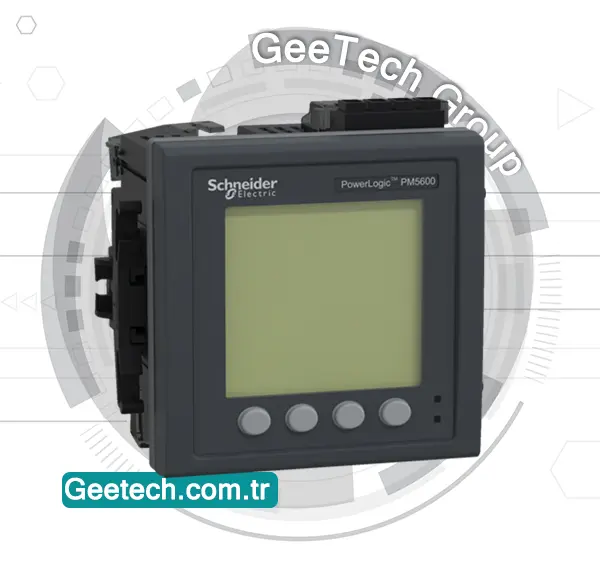
Key Features:
1.Display and Design:
- Mounting: Flush-mount
- Display: 96mm x 96mm backlit LCD
- Dimensions: Width 96mm (3.78 inches), Depth 77mm (3.03 inches), Height 96mm (3.78 inches)
- Weight: 450 grams (15.9 ounces)
2.Measurement Accuracy:
- Class 0.2S Accuracy: Complies with IEC 62053-22 standard
- Sampling Rate: 128 samples per cycle
3.Measurement Capabilities:
- Parameters Measured:
- Energy
- Active and Reactive Power
- Voltage
- Current
- Frequency
- Power Factor
- Harmonic Measurement: Up to the 63rd harmonic for comprehensive power quality analysis
- Memory: 1.1 MB for data storage
- Configurable Parameters: Can log up to 14 parameters with customizable intervals and durations
4.Advanced Monitoring Features:
Neutral Current Monitoring: Direct measurement for enhanced accuracy
Waveform Capture: Advanced waveform capture with sag and swell detection for detailed power quality monitoring
5.Network and Voltage Compatibility:
- Frequency: Operates in 50Hz or 60Hz networks
- Supply Voltage Range: 100 to 480 VAC and 125 to 250 VDC
- Line Rated Current: Supports both 1A and 5A inputs
- Configuration: Compatible with Single Phase, Three Phase, and Three Phase with Neutral configurations
- Voltage Measurement Range:
- Between Phases: 20 to 690 VAC at 45 to 65 Hz
- Between Phase and Neutral: 20 to 400 VAC at 45 to 65 Hz
6.Communication Capabilities:
- Protocols Supported: Modbus RTU, ASCII, TCP/IP, Ethernet/IP, BACnet/IP
- Ethernet: 10/100 Mbit/s with daisy chain Ethernet via RJ45 ports
- Embedded Communication: Includes DNP 3.0 protocol, onboard web server, and Serial to Ethernet gateway
7.Digital Inputs and Outputs:
- Digital Inputs: 4, with WAGES (Water, Air, Gas, Electricity, Steam) support
- Digital Outputs: 2, for controlling external devices
8.Alarm and Tariff Management:
- Configurable Alarms: 52 alarms for monitoring various parameters
- Tariff Schedules: Supports up to 8 different tariff schedules
Electric PowerLogic PM5650 power meter is a comprehensive solution for detailed energy management. With its high accuracy, extensive measurement capabilities, robust communication options, and flexible configuration, it is an essential tool for optimizing energy usage and ensuring reliable power quality. The PM5650 provides precise data and advanced monitoring features, making it a valuable asset for any facility looking to improve energy efficiency and operational reliability.
Frequently Asked Questions
What is a push button used for?
✅When you press a push button, it either makes or breaks an electrical connection, allowing or interrupting the flow of electricity through the circuit. Pushbutton switches are commonly used in a wide range of electronic devices, control panels, and applications where users need to activate or deactivate a function or operation. These switches are essential for ensuring reliable and efficient control in various settings, from industrial machinery to consumer electronics and automation systems.
What is NO and NC in Push Button Switches?
✅ Push button switches can be classified as either normally open (NO) or normally closed (NC). Normally open (NO) switches, also known as "OFF" position switches, complete the circuit when actuated. In contrast, normally closed (NC) switches, or "ON" position switches, break the circuit when actuated. Understanding the difference between NO and NC push button switches is crucial for selecting the right type for your application, whether it's for industrial machinery, control panels, or electronic devices.
What Are the Two Types of Push Button Switches?
✅ Push button switches come in two main types: single-pole and double-pole switches. The single-pole switch is the most common type, featuring a control device with a single input source and a single output source. This basic design makes single-pole switches ideal for a wide range of applications. Double-pole switches, on the other hand, have two input sources and two output sources, offering more complex control capabilities for advanced electrical systems.
Is a Push Button a Sensor?
✅No, a push button is not an analog sensor. An analog sensor provides a continuous output signal that varies in proportion to the measured quantity. In contrast, a push button provides a discrete output signal that changes state from one level to another when the button is pressed or released. This distinction makes push buttons ideal for applications requiring simple on/off control, unlike analog sensors that are used for more complex, variable measurements.
What is Inside a Push Button?
✅ A push button consists of several key components:
1. Button Actuator: This is the part you physically press. It is connected to an internal mechanism within the switch.
2. Contacts: Push button switches contain one or more sets of contacts, typically made from conductive materials like metal. In their default state, these contacts are separated.
When the button actuator is pressed, it moves the contacts together to complete an electrical circuit. This simple yet effective design is what makes push buttons reliable for various applications, from industrial machinery to everyday electronic devices.
Is a Push Button Digital or Analog?
✅A push button is a digital sensor. Unlike analog sensors, which provide a continuous range of values, digital sensors like push buttons have only two states: on or off. For example, when you press a push button, it changes from off to on, providing a discrete signal. Similarly, a digital light sensor can detect whether it is dark or bright, also giving a binary output. This clear distinction makes push buttons ideal for simple, straightforward control in various applications.



















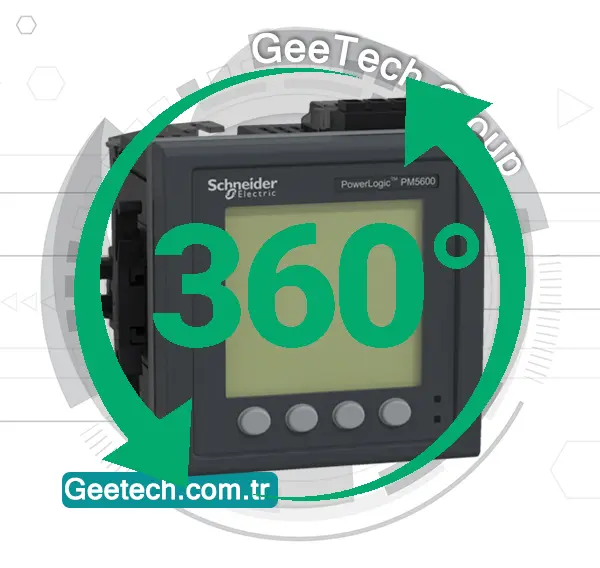

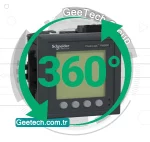
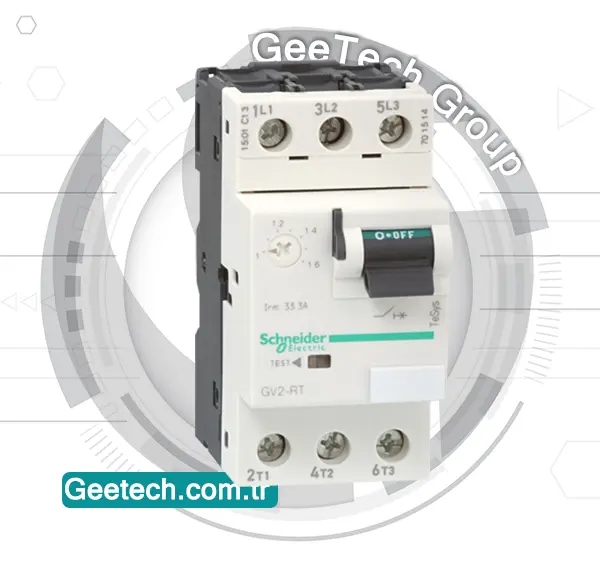
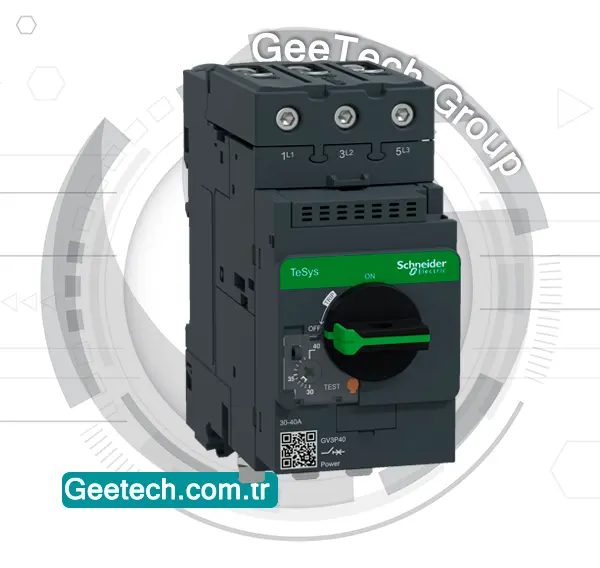
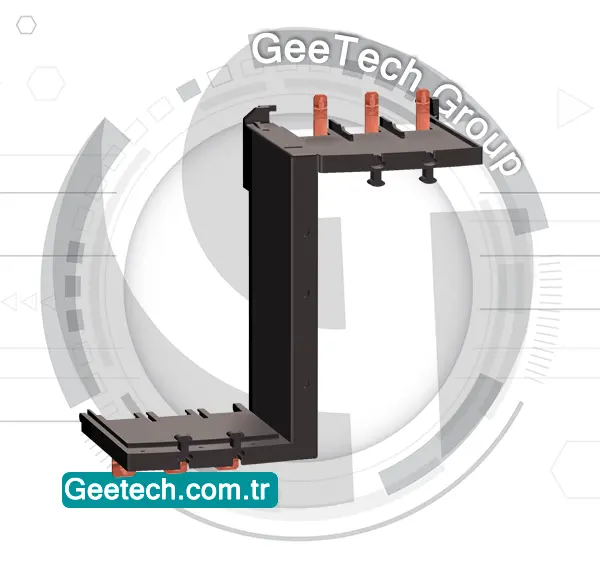
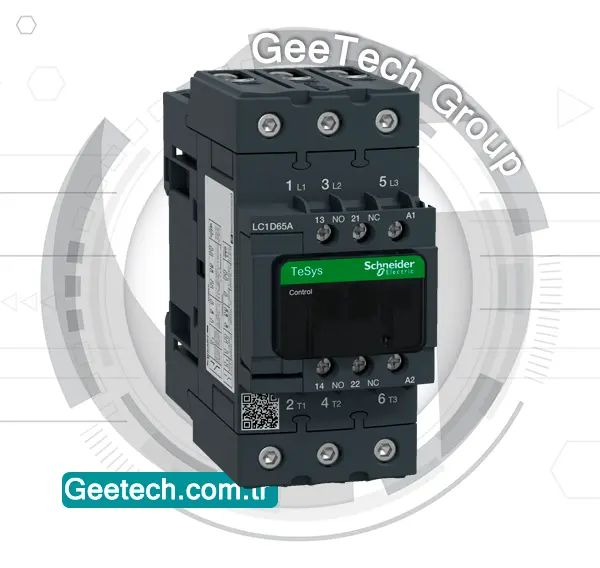

Değerlendirmeler
Henüz değerlendirme yapılmadı.